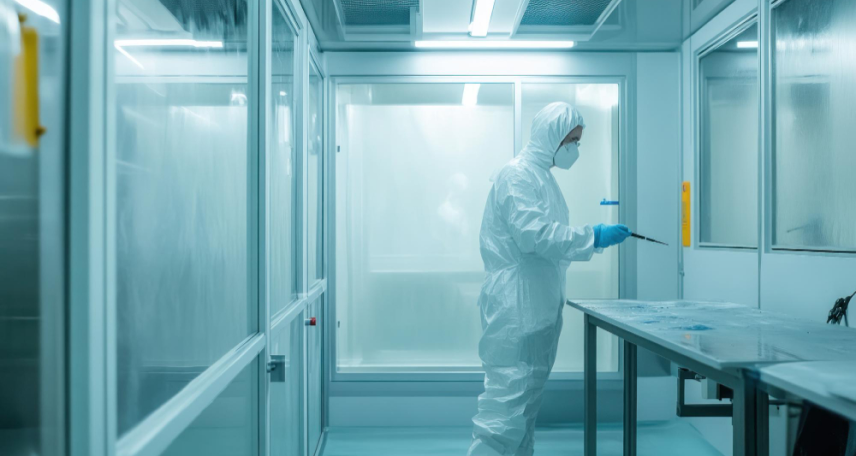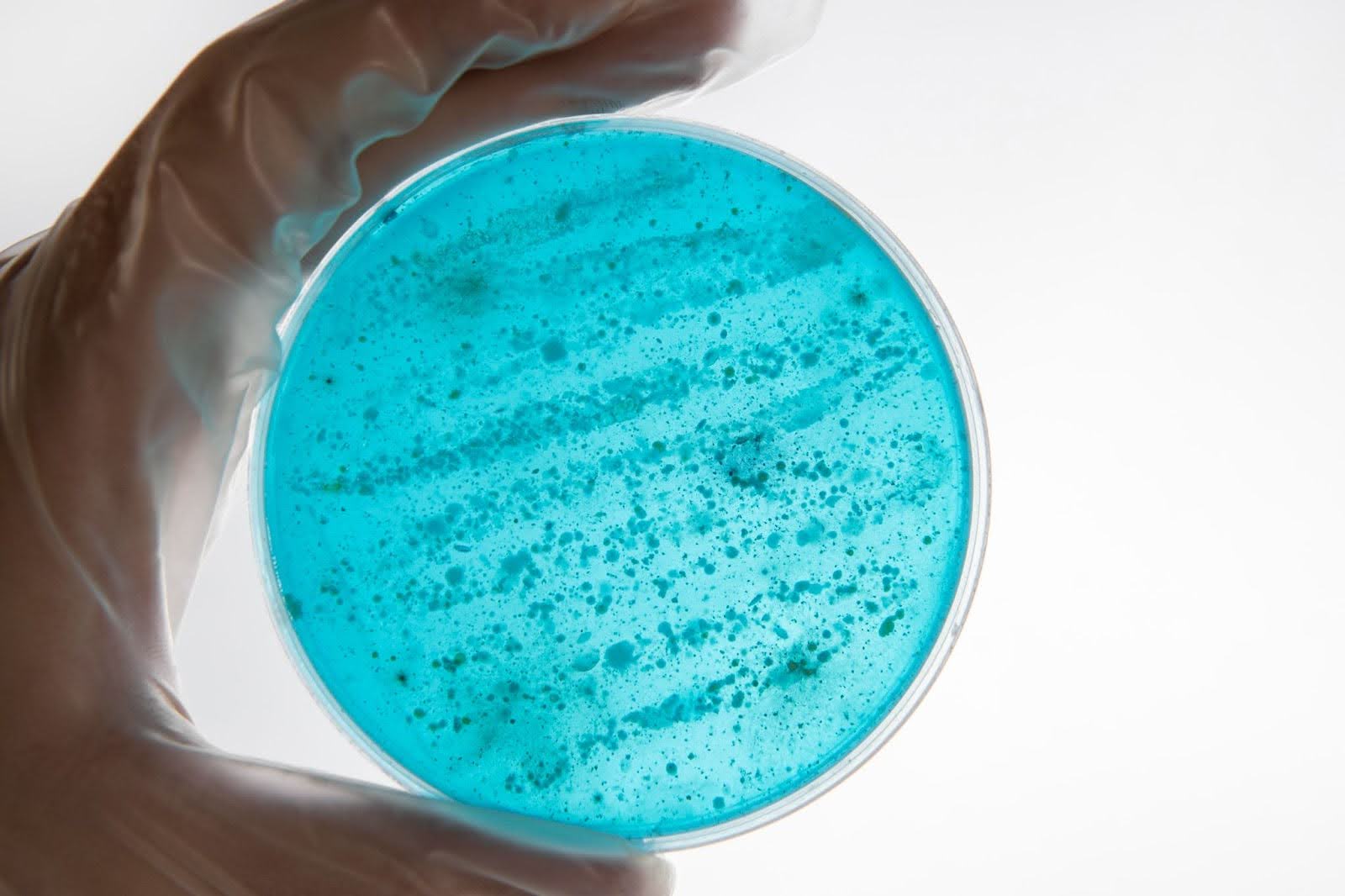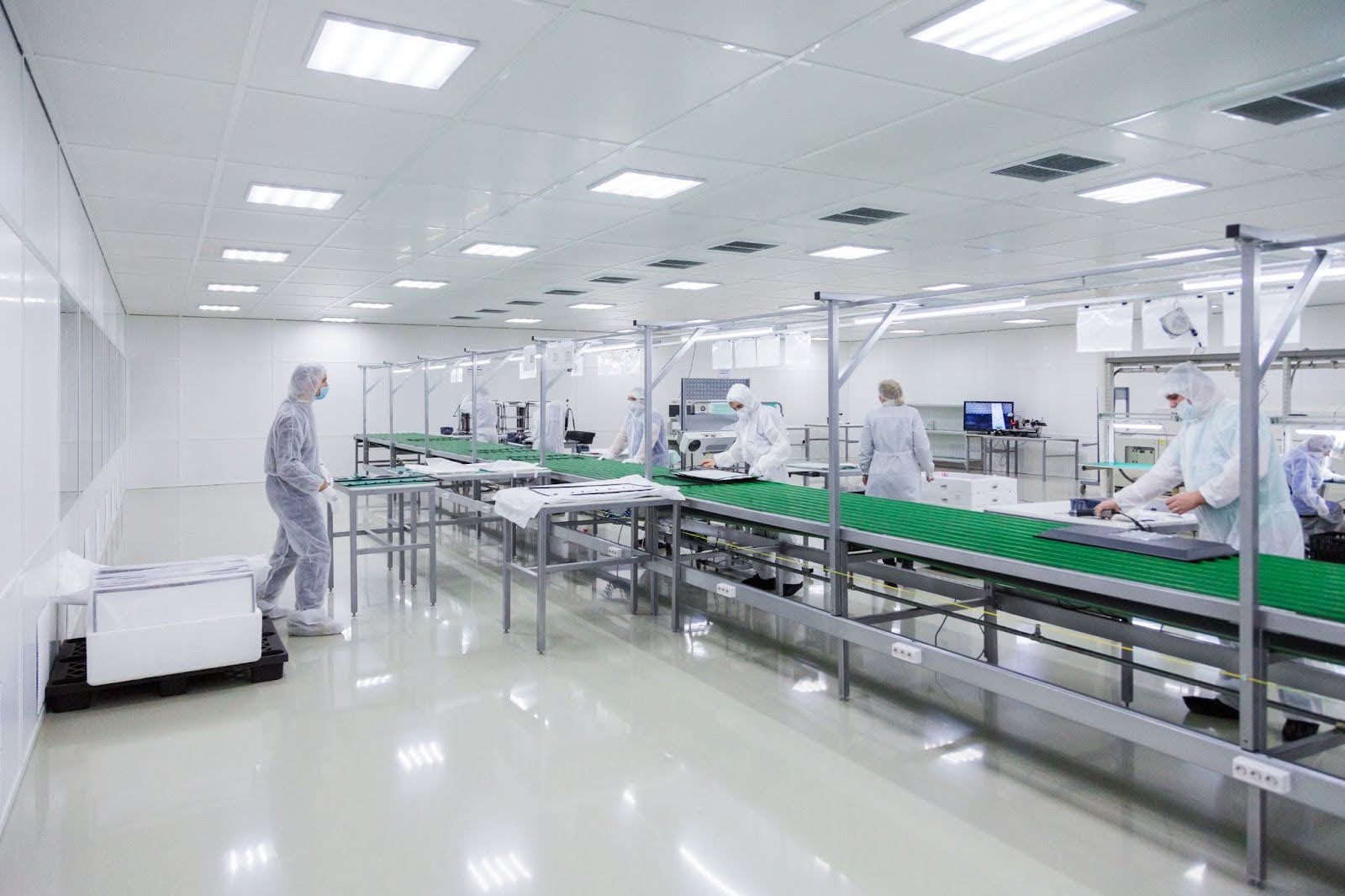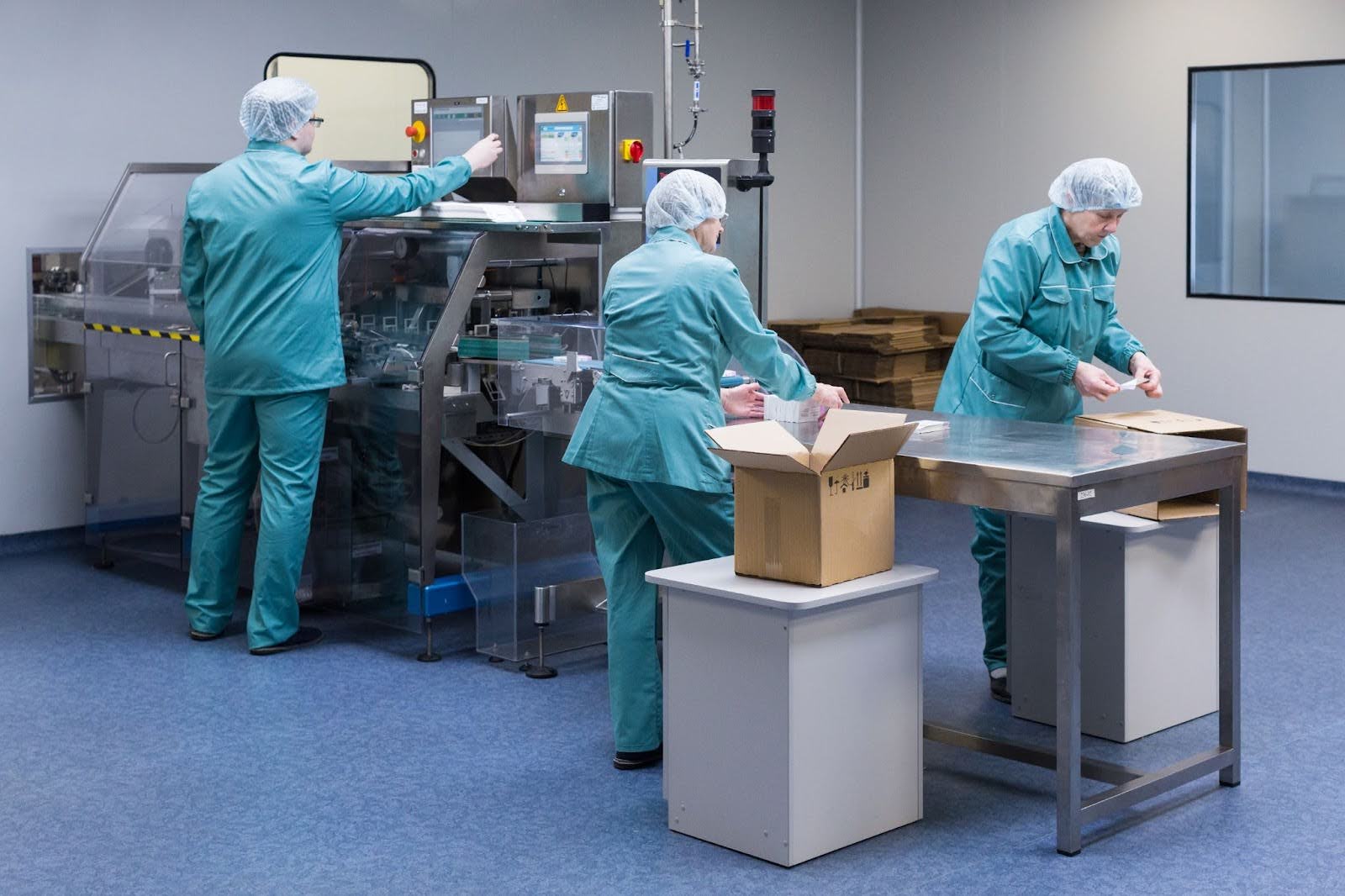by Vaibhavi M.
8 minutes
Cleaning & Sanitization - Proving It Works in Pharmaceutical Cleanrooms
Explore key steps to validate and prove cleanroom cleaning effectiveness in pharma manufacturing.

In sterile manufacturing, “we cleaned it” is not enough. Regulators, quality teams and auditors expect demonstrable evidence that cleaning and sanitization consistently remove residues, inactivate microbes and do not leave harmful residues that could compromise product quality.
This article explains the technical foundations of proving cleaning effectiveness in pharmaceutical cleanrooms, gives practical validation approaches, and highlights common pitfalls to avoid. A clear grasp of pharmaceutical cleanroom classification and standards provides the baseline for defining contamination control and cleaning validation scope.
Why proof matters
Cleaning validation is a scientific exercise; the objective is to demonstrate, through data, that a defined cleaning procedure, comprising products, concentrations, contact time, method of application, and frequency, consistently brings surfaces and equipment within predetermined acceptance criteria.
Agencies (FDA inspection guides and GMP Annex 1) expect documented, scientifically justified programs that tie cleaning outcomes to product safety and sterility assurance. The latest Annex 1 cleaning and disinfection expectations outline risk-based requirements for proving surface hygiene and disinfectant performance under routine operations.
Three complementary evidence streams
A robust proof-of-cleaning strategy employs layered measurements because no single method can answer every question.
- Microbiological culture (contact plates, swabs, settle plates) — culture-based sampling remains the gold standard for demonstrating reduction of viable organisms on surfaces and in the environment. Effective surface monitoring in pharmaceutical cleanrooms supports these validation datasets by linking microbial recovery trends with cleaning efficacy evidence. Contact plates give good recovery on flat surfaces; swabs are used for crevices, irregular shapes or small areas and require validated neutralizers when disinfectant residues are present. Recovery efficiencies vary between methods, so the choice of method must be justified and validated.
- Chemical residue testing (ATP, residue assays, analytical chemistry) — chemical assays are required when carryover of active pharmaceutical ingredient (API), cleaning agent, or a toxic excipient is a concern. ATP bioluminescence provides a rapid indication of organic residue and general hygiene, and is valuable for routine trending and operator feedback. However, it is not a substitute for microbiological culture or specific residue quantification, as ATP responds to all organic material and can be affected by surface types and residues. Use ATP as a quick check, not as primary proof of disinfectant efficacy.
- Disinfectant efficacy and material compatibility data — regulatory guidance explicitly requires validation of the disinfectant’s performance in its intended use (surface type, dwell time, in-use stability) and supporting a defined in-use expiry. Demonstrate that the chosen disinfectant reduces the target organisms under realistic conditions and that repeated use does not degrade critical surfaces or leave residues that hinder cleaning.
A practical validation workflow
Below is a concise and practical protocol that aligns with regulatory expectations and industry best practices.
- Define scope and acceptance criteria. Identify critical surfaces, maximum allowable microbial counts (or zero tolerance for certain pathogens), residue limits (based on toxicological or carryover calculations), and sampling frequency during both qualification and routine monitoring.
- Characterize worst-case surfaces and soils. Select representative materials (such as stainless steel and polymers) and simulate worst-case soils—API, excipients, and lubricants—so that the validation encompasses real-world challenges.
- Select and validate sampling tools. Prove recovery for each sampling method (contact plate, swab-to-broth, rinse, or filter method) using known inocula or residue spikes; include neutralizers to quench disinfectants where required. Recovery data must justify the sampling area and translation to whole-surface cleanliness. Integrating rapid microbiological methods in cleanroom monitoring enables quicker verification of bioburden trends during cleaning validation runs.
- Conduct repeatability and worst-case cleaning trials. Run multiple independent cleaning cycles (operators, shifts, soiling conditions). Demonstrate consistent pass/fail results against acceptance limits.
- Challenge disinfectant in realistic use. Show log reductions against representative organisms and validate the in-use life of prepared solutions; document surface compatibility.
- Document and transition to routine control. Convert validation learnings into SOPs, training plans, monitoring plans, and trending reports. Use ATP or quick checks for operational feedback, but rely on culture and analytical assays for periodic verification.
Common technical pitfalls - and how to avoid them
- Relying solely on ATP. ATP is fast and motivational for cleaning crews, but it measures total organic load, not viable organisms or specific APIs; treat it as an adjunctive tool.
- Poorly validated sampling recovery. If swab or contact-plate recovery isn’t quantified you can’t interpret negative results. Always run spike/recovery studies on the actual surface types.
- One-size-fits-all disinfectant use. Different surfaces and organisms exhibit varying behaviors; therefore, disinfectant selection and dwell times must be supported by data and a matrix approach when multiple surfaces are involved.
- Ignoring in-use stability. Some disinfectants lose potency rapidly once prepared; you must justify in-use expiry and storage conditions with data.
Proving ongoing control
Validation proves the process; ongoing monitoring ensures you maintain it. Use a layered routine program that includes scheduled culture sampling (of personnel and surfaces), periodic residue testing for APIs or toxicants, trending of ATP for day-to-day feedback, and environmental monitoring of critical utilities (air and HEPA integrity).
Comprehensive pharmaceutical utility system monitoring complements surface data by confirming that water, air, and steam systems maintain hygienic baselines.
Investigate excursions promptly and requalify if root cause analysis implicates cleaning failures. Regulatory expectations emphasize a scientifically justified monitoring and investigation strategy tied to product release decisions.
Final takeaways
Proving that cleaning and sanitization work in a pharmaceutical cleanroom involves combining microbiology, chemistry, and disinfectant validation into a documented, reproducible program.
Validate your sampling, challenge your disinfectants under real-world conditions, establish clear acceptance criteria, and utilize rapid tools (e.g., ATP) for operational control—not as substitutes for culture or residue-specific assays.
When your protocol is data-driven and consistently applied, you not only meet regulators’ expectations but also reduce the risk of contamination and strengthen confidence in product sterility. Robust clean steam and WFI systems in sterile manufacturing further strengthen validated cleaning programs by ensuring that utilities themselves do not re-introduce contaminants.
FAQ
1. What does “proving cleaning effectiveness” mean in pharmaceutical cleanrooms?
It means scientifically demonstrating, through validated testing and documentation, that cleaning and sanitization consistently remove contaminants and microbial residues to meet GMP-defined acceptance limits.
2. Which tests are used to verify cleanroom sanitization?
Common verification methods include microbiological surface sampling (using contact plates and swabs), ATP bioluminescence for detecting organic residues, and analytical assays for chemical residues or carryover of cleaning agents.
3. How often should cleaning validation be performed?
Initial validation is required before routine production use, followed by periodic requalification, typically annually or when significant changes occur in the process, product, or disinfectant.
4. Why can’t ATP testing alone prove cleaning efficacy?
ATP testing is a rapid hygiene indicator but cannot differentiate between viable and dead microbes or detect specific residues. It should complement, not replace, culture-based and analytical testing.
5. What are regulators looking for during cleaning validation audits?
Auditors expect documented validation protocols, recovery studies, defined acceptance criteria, trending of ongoing monitoring results, and scientific justification for the choice of disinfectant and the frequency of cleaning.




